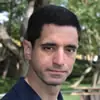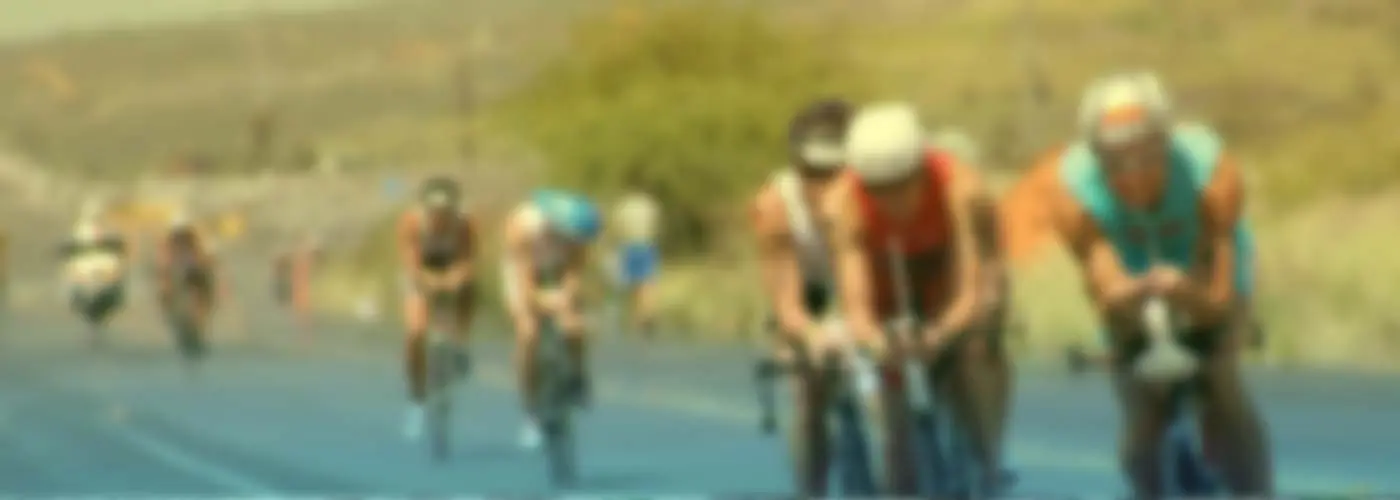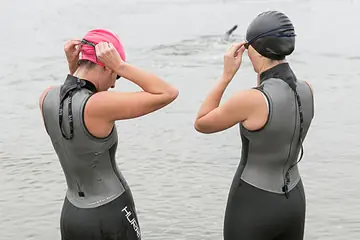
Part II of a series on run training for triathletes.
We opened this series last month by asking questions about the run dimension of your triathlon training. Hopefully you took our advice to start collecting some data. We begin this month by answering those questions.
Let's start with the first two questions we asked: How many miles and how many hours a week are you running?
That seems kind of redundant, but there's actually a significant difference between the two. Case in point, consider two runners: IRONMAN World Champion Mirinda Carfrae and local couch potato "Bart Gulewicz." They go for an hour-long run. Rinny knocks out 10 miles without her heart rate never going above 130 bpm. Poor Bart runs three miles and has to stop a few times to get his heart rate back under 180 bpm.
More: The Run: A Thinker's Approach
Because she ran farther, Carfrae's legs do a lot more work than Bart's. But, what about her heart? All told, she spent the hour at a leisurely jog. Meanwhile, poor Bart got the aerobic workout of his life.
Time, distance, legs, heart: Different inputs, different outputs.
Suddenly we realize that not all running is the same. You probably already knew this instinctively. Run enough 400-meter repeats on the track and you turn your legs to jelly for two days afterward. Run five miles every day for a week and, though your legs might hold up, you'll want to sleep through the entire weekend. Different types of running train different fitness groups. This all adds up to an important fact: You can't train everything at once.
- 1
- of
- 3
About the Author










Discuss This Article